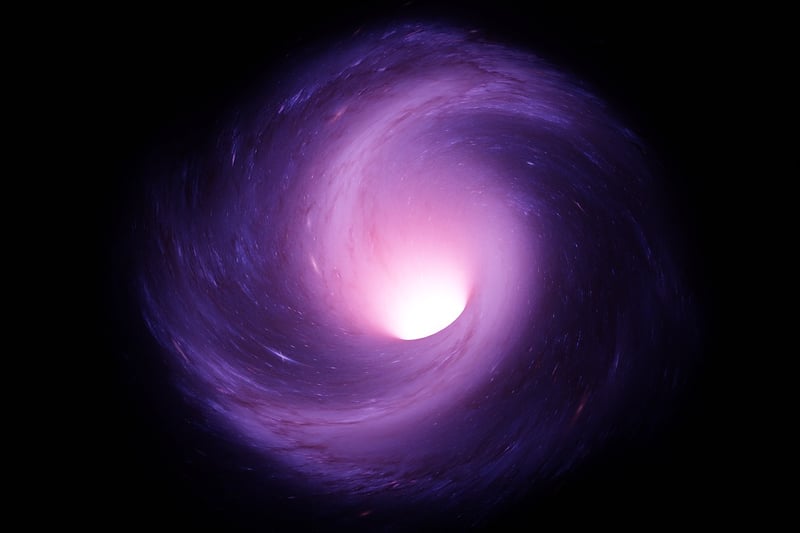Wormholes
The Science Behind Time Travel and Wormholes
Time travel has long been a fascinating concept in science fiction, but is it possible in reality? The idea of traveling to the past or future has captured the imagination of many, leading to numerous theories and speculations, including the concept of wormholes.
Understanding Time Travel
Time travel involves moving between different points in time, similar to how we move between different points in space. While time travel to the past remains a subject of debate among scientists, theories such as wormholes offer a possible explanation.
What Are Wormholes?
Wormholes, also known as Einstein-Rosen bridges, are theoretical passages through spacetime that could create shortcuts for long journeys across the universe. These hypothetical tunnels could connect two distant points in space and time, potentially allowing for time travel.
The Science Behind Wormholes
Wormholes are predicted by the theory of general relativity, proposed by Albert Einstein. According to this theory, wormholes could exist, but their stability remains a significant challenge. The energy required to keep a wormhole open and prevent it from collapsing is immense, requiring exotic matter with negative energy.
Challenges and Possibilities
While the concept of wormholes is intriguing, significant challenges exist in creating and stabilizing these theoretical passages. Scientists continue to explore the possibilities and limitations of wormholes, pushing the boundaries of our understanding of spacetime and the universe.
Conclusion
Time travel and wormholes remain captivating topics that spark curiosity and imagination. While the scientific feasibility of time travel is still uncertain, the exploration of wormholes and other theoretical concepts opens up exciting avenues for future research and discovery.

For more information on time travel and wormholes, you can visit Space.com.
